Reading this answer I was surprised to hear that there are "excellent" kinds of coaxial cable with a propagation speed of 0.9c; 90% the speed of light.
The bargain basement number is about 2/3c, and coaxial cable with a faster propagation velocity would have to have a lower dielectric constant. Assuming \$v/c\$ scales as \$1/\sqrt{\mu_r \epsilon_r}\$ as it would in free space, that would mean the cable would have a relative dielectric constant of 1.2 for example.
Does this exist as a standard product? If so, are there applications where having "excellent cable" with such a high propagation velocity would be important? Or would it be a side-effect of other desirable properties of the dielectric?
